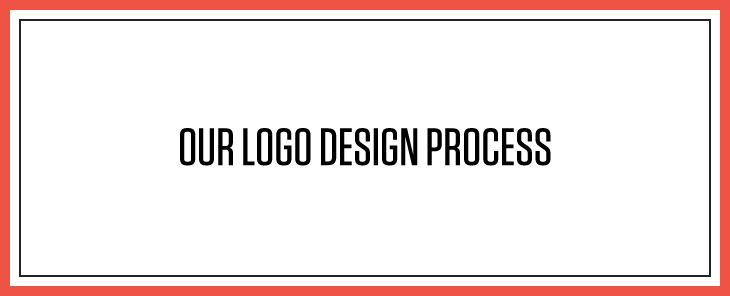Our Logo Design Process

A well thought-out and efficiently executed logo design process is a must for long-term success as a logo designer. The design process is certainly one of the key points of differentiation between the good and not-so-good designers in the industry.
The aim of this post is to give you some insight into the process we use at Logobird.
If you are client, this post will give you some insight into the work that goes on behind the scenes when we design your logo. If your are a designer, hopefully you can take away some valuable information that will improve your own designs.
Design Brief
A pretty logo can be designed without a design brief, but an effective logo cannot.
The aim of the design brief is to provide an insight into the clients business, industry and target market. It helps you gain an understanding of the clients requirements and their expectations for the project.
A logo has to be more than a pretty looking symbol, it has to effectively communicate the image of the company. The information gathered in the brief will ultimately ensure that the end design we produce is both relevant and effective.
Additionally, the length of the design brief is very important. If a design brief is too short there will not be sufficient information to effectively complete the project. A design brief that too long is a deterrent as not many clients have the time to complete lengthy briefs.
Research
After analysing the design brief, most projects will need to be researched further in order to fully understand its requirements. Research will include investigating the clients history, their competitors, and their industry.
The amount of research conducted will vary from project to project, depending on factors such as; whether there is any existing branding already in place, the size of the company, and the complexity requested in the brief.
The information gathered during the research phase will allow us to further our understanding of the project, in turn leading to a better design.
The research stage is where we will also start visualising some basic ideas for the design concepts.
Sketching
The next step in all logo design projects is to brainstorm and to start sketching out some rough concepts.
Sketching is a critical step when creating logos because it is much easier to transfer ideas from the brain to paper than directly to the computer screen. Perhaps this is because humans have been drawing for thousands of years, whereas computers have only been around for a few decades.
Sometimes it will only take a few hours to come up with a solid concept on paper. Sometimes it will take a few days.
Once we are happy that we have come up with a rock solid concept, only then do we transfer the design to the computer.
Computer Concept Design
As mentioned above, once a concept sketch has been decided upon, it is then transferred to the computer.
Adobe Illustrator is our application of choice for designing logos, as it is a vector graphics editor which enables scalability of design without compromising quality. Adobe Photoshop should not be used to design logos.
Presentation and Review
Designs are then packaged into a PDF file and sent to the client for review.
Client feedback is then considered and discussed. If changes are deemed necessary the design will be revised, then sent to the client for further feedback.
Once an agreement has been made on the design, a final cleanup is done and the files are readied to be sent to the client.
Send Files
The files are packaged up and emailed directly to the client.
The logo design is provided in full colour and black and white in the following formats; EPS (vector format for print), JPG and GIF (for web use).
Support
Once our clients has received the final logo files, we on hand to answer questions or to provide help where necessary.
Client feedback is valued as it allows us to constantly improve our service.
What do you think?
If you are a client, it would be great to hear about your past experiences.
If you are a designer, what kind of process do you use and how does it differ from ours?